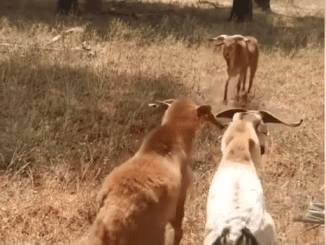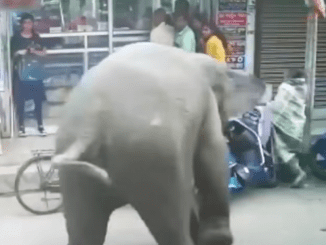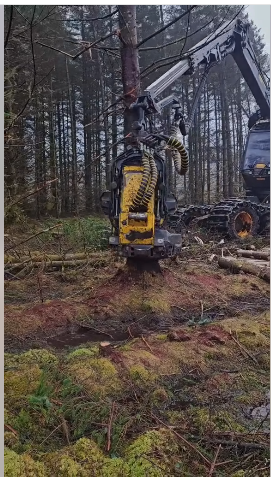
In the quest to balance efficiency with environmental stewardship, modern tree cutting machines have emerged as a game-changer in the fields of forestry and land management. These advanced devices are transforming traditional methods, offering improved precision and performance while addressing ecological concerns.
1. Introduction to Modern Tree Cutting Machines
Modern tree cutting machines, including chainsaws, feller-bunchers, and harvesters, are designed to handle tree removal with enhanced efficiency. These machines come in various forms, from compact models for smaller tasks to large, heavy-duty machines for industrial-scale operations. Each type is tailored to specific needs, enabling various applications from forest management to urban landscaping.
2. Applications and Benefits
Modern tree cutting machines provide numerous advantages across different sectors:
- Forestry Management: In sustainable forest management, these machines help in thinning forests, removing diseased or dead trees, and facilitating controlled burns. By improving access and efficiency, they reduce the risk of wildfires and promote forest health.
- Agriculture: In agricultural settings, modern tree cutting equipment expedites the harvesting of tree crops such as rubber, eucalyptus, and fruit trees. This efficiency not only increases productivity but also reduces the physical strain on workers.
- Urban and Landscape Management: Urban areas and public parks benefit from modern tree cutting machines through effective tree pruning and removal. These machines help maintain aesthetics and safety by removing hazardous or overgrown trees.
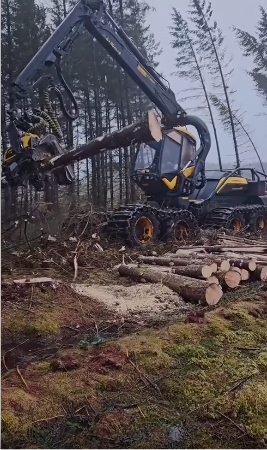
3. Challenges and Solutions
Despite their advantages, modern tree cutting machines pose certain challenges:
- Environmental Impact: Improper use of tree cutting machines can lead to environmental damage, such as soil erosion and habitat disruption. To mitigate these impacts, it is crucial to follow best practices and regulations for sustainable land management.
- Operational Costs: High initial investment and maintenance costs can be a barrier for smaller operations. However, advancements in technology and financing options are making these machines more accessible to a broader range of users.
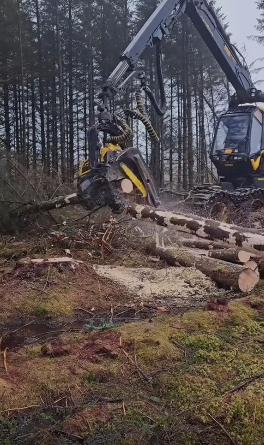

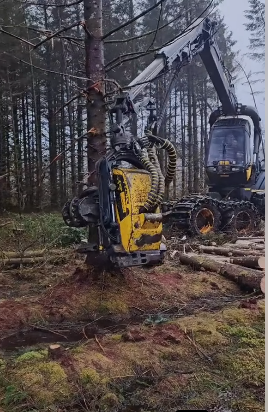
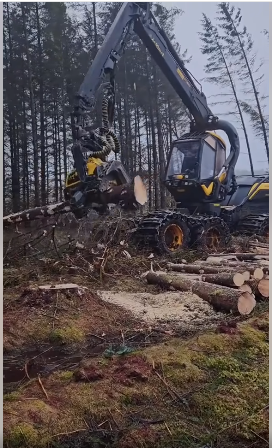

4. Future Directions and Innovations
The future of modern tree cutting machines looks promising, with ongoing innovations aimed at increasing efficiency and reducing environmental impact:
- Automation and Precision: Emerging technologies like autonomous tree cutting machines and advanced GPS systems are enhancing precision and reducing human error. These innovations contribute to more accurate and environmentally responsible tree management.
- Eco-Friendly Solutions: There is a growing focus on developing machines that minimize fuel consumption and emissions. Hybrid and electric models are being tested to further reduce the carbon footprint of tree cutting operations.
- Integrated Technology: The integration of sensors and data analytics into tree cutting machines allows for real-time monitoring of forest health and operational efficiency. This data-driven approach supports better decision-making and sustainable practices.
Conclusion
Modern tree cutting machines represent a significant advancement in the management of forests and land. Their ability to increase efficiency, coupled with ongoing technological innovations, promises a more sustainable and effective approach to tree management. By continuing to refine these machines and address environmental concerns, we can ensure that they contribute positively to both our economy and ecosystem. The integration of cutting-edge technology with responsible practices will shape the future of forestry and land management, leading us toward a more balanced and sustainable world.
